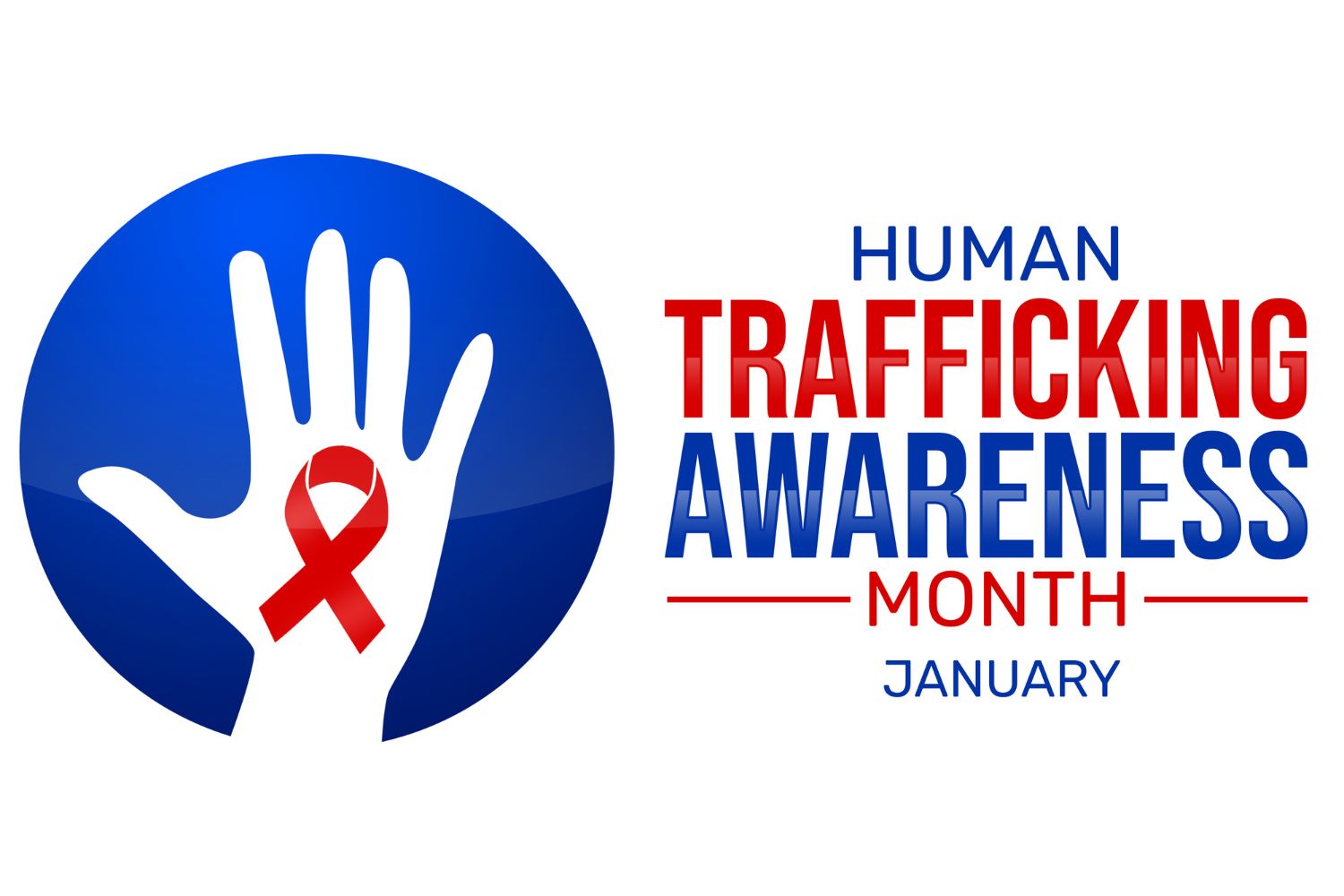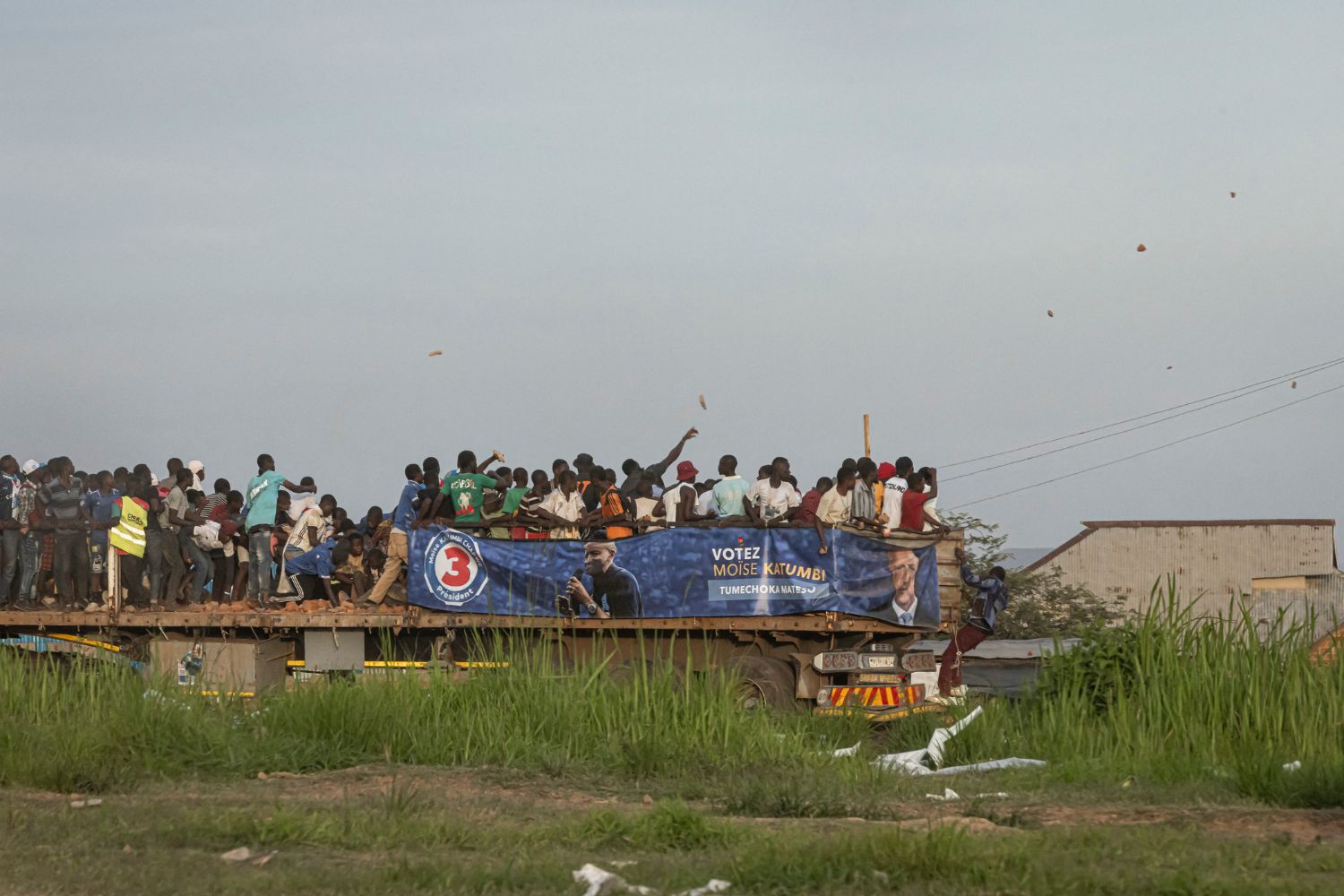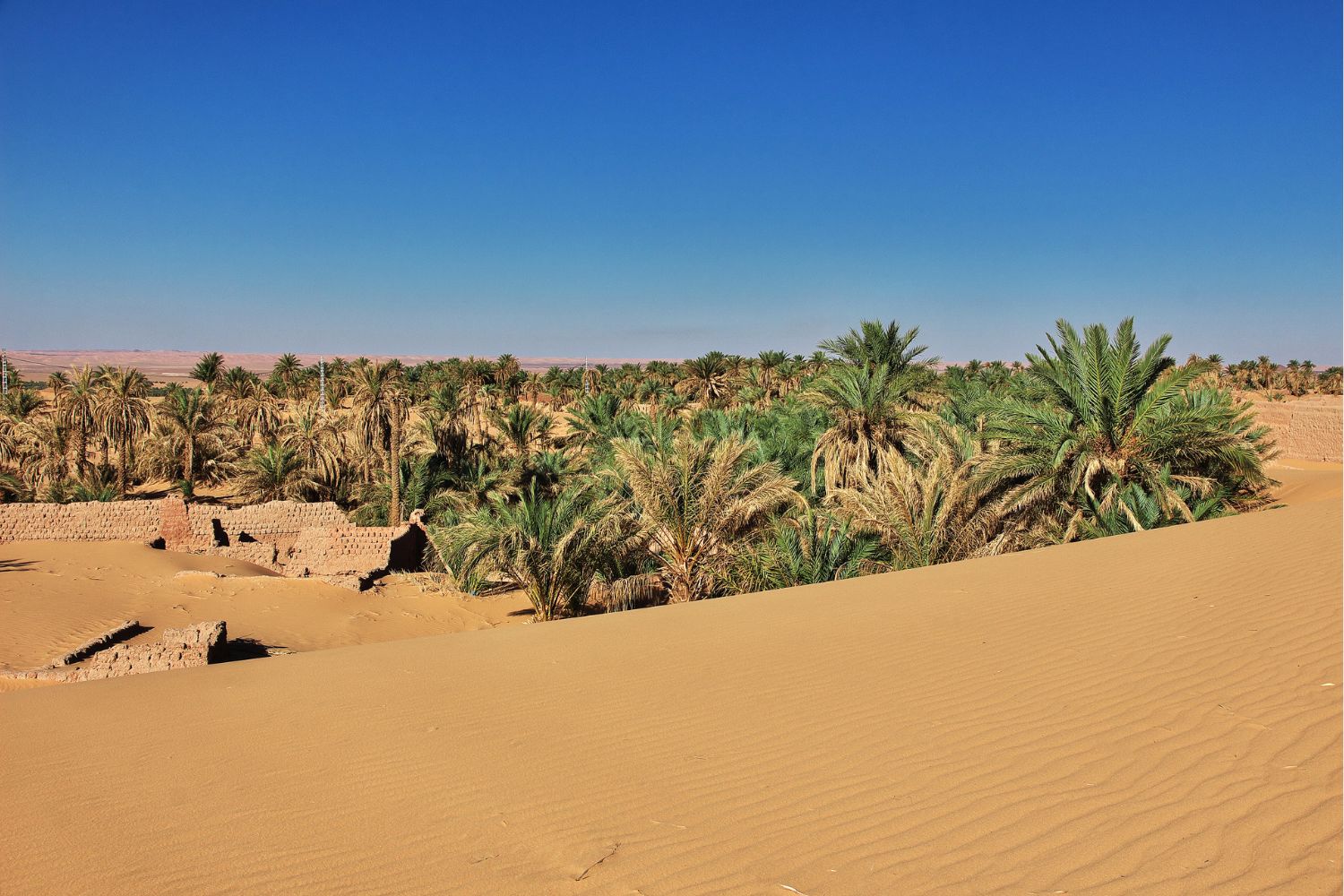The persistent and harrowing issue of human trafficking remains a global scourge, casting a dark shadow on the principles of human rights and dignity.
Despite increased awareness and efforts to combat this heinous crime, the complex web of human trafficking continues to evolve, adapting to new challenges and exploiting vulnerabilities in an ever-changing world.
As we delve into the landscape of human trafficking in 2024, under the theme: “Activate connections to prevent human trafficking,” it becomes evident that this multifaceted problem transcends borders, affecting countless lives and demanding urgent attention from governments, international organisations, and civil society alike.
This introduction seeks to shed light on the current state of human trafficking, exploring its various forms, root causes, and the ongoing global efforts to dismantle this modern-day form of slavery.
ALSO READ: Human Rights groups outraged as Iran hangs 17-year-old for murder
Human trafficking, how does it work?
Human trafficking involves the recruitment, transportation, transfer, harbouring, or receipt of people through force, fraud, or coercion for exploitation.
It can take various forms, including forced labour, sexual exploitation, and involuntary servitude.
Victims of human trafficking are often subjected to physical and emotional abuse, manipulation, and living in deplorable conditions.
The prevalence of human trafficking is challenging to quantify accurately due to its clandestine nature.
The International Labour Organisation (ILO) estimates that there are over 40 million victims of modern slavery globally, which includes human trafficking for various purposes.
Human trafficking markets are diverse and can involve both domestic and international activities.
The markets often exploit vulnerable individuals, including economic hardships, lack of education, or political instability.
ALSO READ: BGTN Deep Dive: human trafficking – the modern day slave trade
Common markets include:
Forced Labour: Victims are coerced into work under exploitative conditions, often in industries such as agriculture, construction, manufacturing, and domestic work.
Sex Trafficking: Individuals, primarily women and children, are forced into prostitution or other forms of sexual exploitation.
Child Labour: Children are subjected to forced labour, often in hazardous conditions, with little or no access to education.
Organ Trafficking: In some cases, human trafficking involves the illegal trade of organs, where victims are forcibly or fraudulently made to give up organs for transplantation.
Efforts to combat human trafficking involve international cooperation, awareness campaigns, legal measures, and support for victims.
It is a complex and multifaceted challenge that requires a coordinated response from governments, law enforcement, non-governmental organisations, and communities worldwide.
ALSO READ: Israel-Palestinian war, there’s a big difference between a humanitarian pause and a ceasefire
Human Trafficking Prevention Month
January is designated as Human Trafficking Prevention Month in the United States.
It is a presidentially designated observance aimed at educating the public about human trafficking and the role it can play in preventing and responding to it.
The theme for Human Trafficking Prevention Month 2024 is “Activate Connections to Prevent Human Trafficking”.
Some key aspects of Human Trafficking Prevention Month include:
- Education: The month focuses on raising awareness about human trafficking and its impact on individuals, families, communities, and society.
- Activation of Connections: The theme emphasizes the importance of building partnerships across all sectors of society to improve the lives of those affected by human trafficking.
- Events and Activities: Various events and activities are organized by federal agencies, technical assistance centers, and funding recipients during the month to increase awareness and foster partnerships.
- Digital Engagement: The toolkit provides sample newsletter content, social media posts, and email content to help individuals and organizations engage in the conversation and share resources.
- Proclamations: Securing a proclamation designating January as National Human Trafficking Prevention Month in your city or state can help inspire the community and raise awareness.













